While on a walk a few weeks ago with my littles I happened to notice a large patch of red clover, wildly growing up a hill across from our home. Much to my husbands chagrin, I headed back inside, grabbed a basket, and my children and I began picking the deep pink blossoms to bring home.
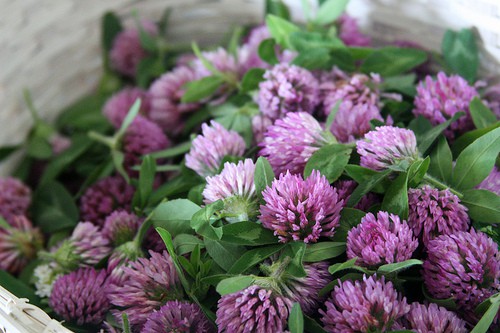
When I was a young girl, I’d pick the red clover to feed to my horse – an indulgent treat for a grass eater – so why pick this “weed” growing beside the road?
Red Clover is a herb that Susan Weed considers “the single most useful herb for establishing fertility” and it has health benefits for most people.
Benefits of Red Clover
- Dr. Tamminga (a local-to-me naturopath) mentioned in a short talk he did at our local health food store, that red clover is an effective blood cleanser. Though Varro Tyler discredits this notion in his book. Seems to be one of the “one study says one thing…” types of things.
- It has a high vitamin content that supports the uterus
- High in protein to aid the entire body
- Contains easily absorbed calcium and magnesium (supports the nervous system)
- Also has a high mineral content (due to super deep roots)
- Alkalizes the body
- Four isoflavones are found in red clover; formononetin, biochanin A, daidzein, and genistein, which have mild estrogenic activity. These may alter hormone production, metabolism, intracellular enzymes, cell production, and growth factors. (this is also an area where one study finds benefits, one may find negative effects.)
- Helps to clear mucous in the body
- It also has antibiotic properties and is effective against many strains of bacteria.
- It’s a liver stimulant and activates the gallbladder, may have a slightly laxative effect.
- Also used as a nerve tonic to calm a person.
- Known as a female tonic to strengthen the ovaries
How to Harvest Red Clover
Harvesting red clover is as easy as picking the blossoms. If you gently grab the blossom between two fingers under the leaves at the base of the blossom, a quick pull upward will easily remove it from the plant. After a thorough washing (no bugs!) you can dry them in a dehydrator for a few hours until completely dry. If you don’t have a dehydrator, set out in the hot sun for the day, gently turning every few hours.
How to Consume Red Clover
You can add red clover blossoms to salads as well as make tea.
I often take a handful of dried blossoms and pour 1 quart of boiling water over them, allowing them to infuse for a few hours before I strain them out. A bit off raw honey stirred in makes the tea more palatable, I usually drink it cold for ease in consumption.
I also began adding a bit of peppermint to the blossoms while infusing as well – this makes it quite palatable without any added sugars. And while I was referring to my Susan Weed book for this post, she also mentions using peppermint as well – saying that the ‘mints’ are also sexually stimulating.
Have you ever used red clover blossoms to eat or drink?
Sources
The Little Herb Encyclopedia by Jack Ritchason ND
The Wise Woman herbal for the Childbearing Year by Susan Weed
Tyler’s Honest Herbal by Varro E Tyler PH.D.
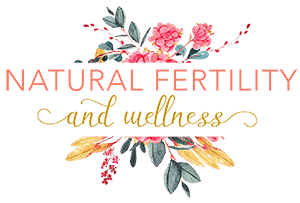




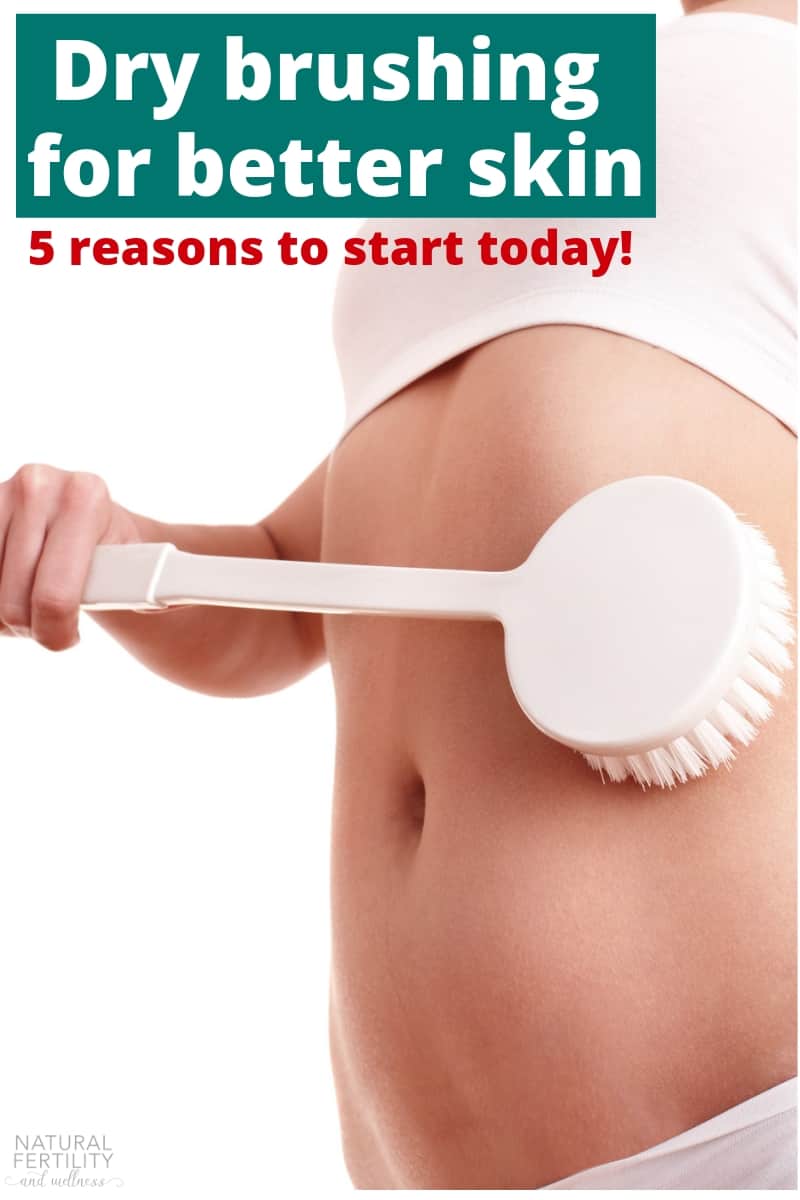

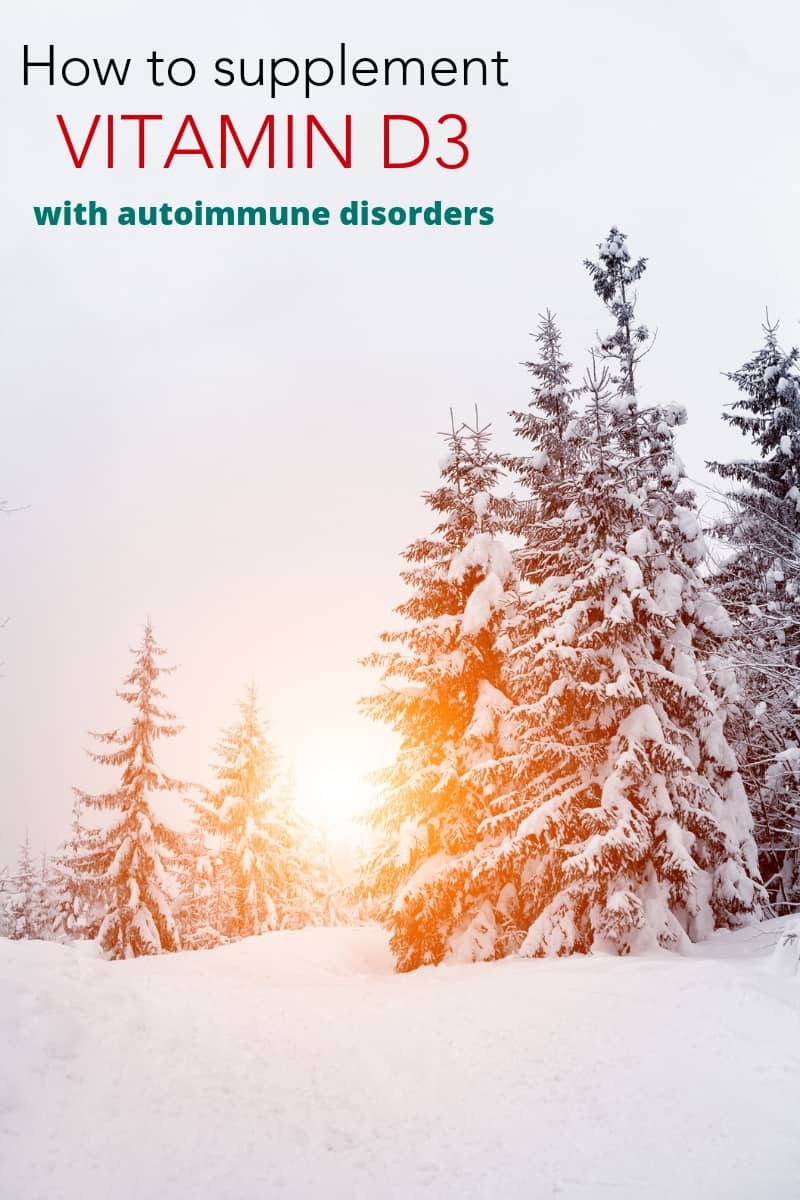

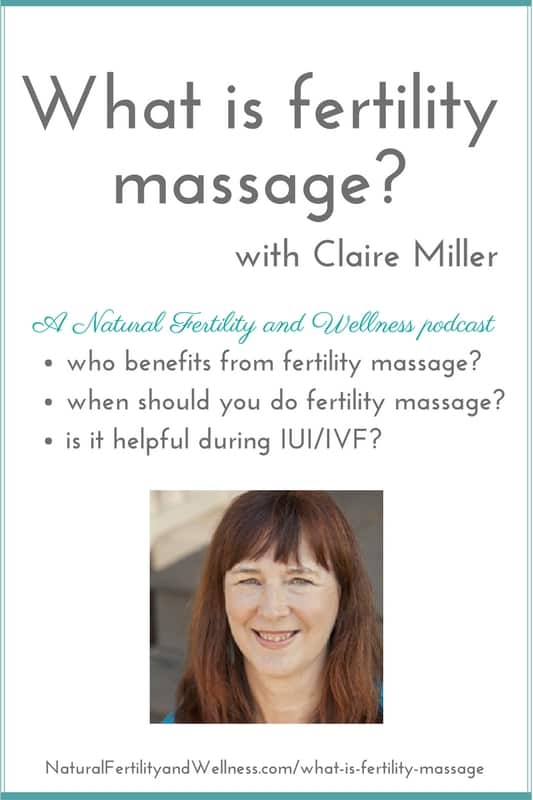


Thanks for posting this. I remembered reading in one of my books that red clover was beneficial. I started picking and drying them. I even transplanted some into my herb garden. (I didn’t even have any in my yard, although I have lots of dandelions, plantain and burdock).Now I know what to do with the buds that I picked. 🙂